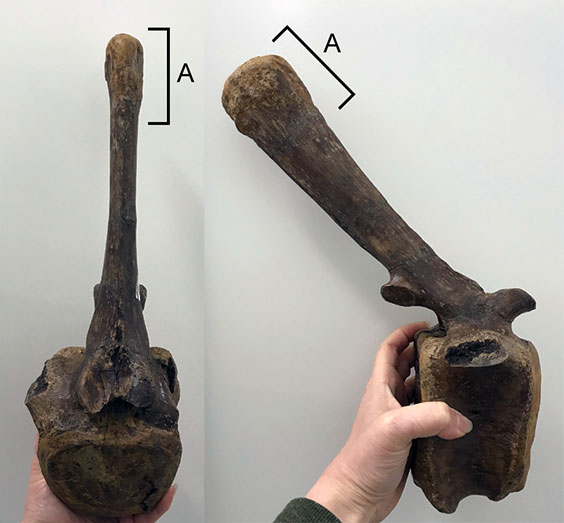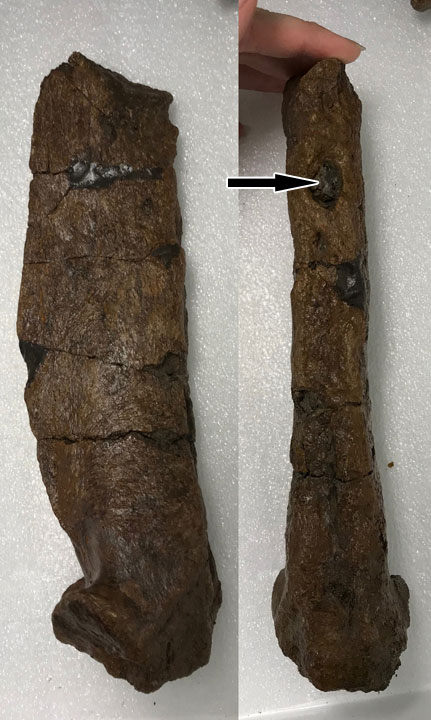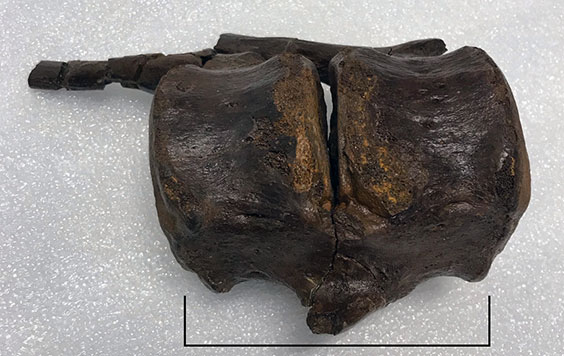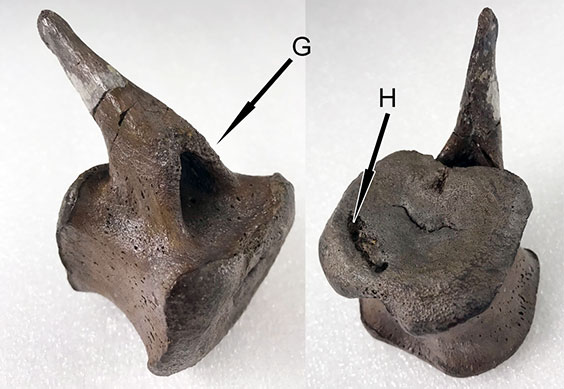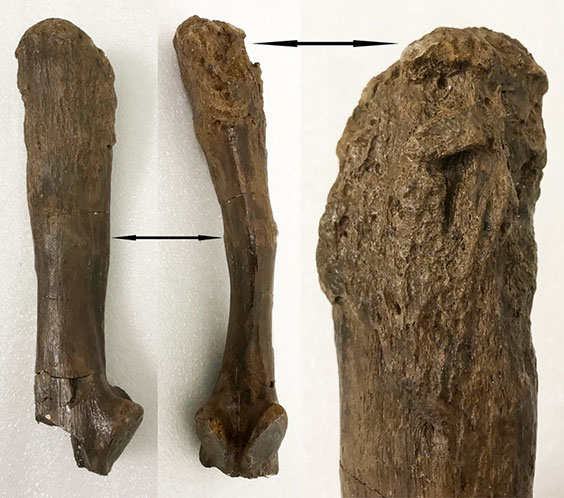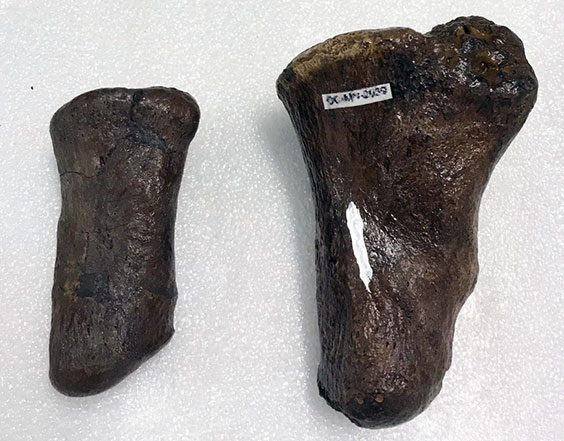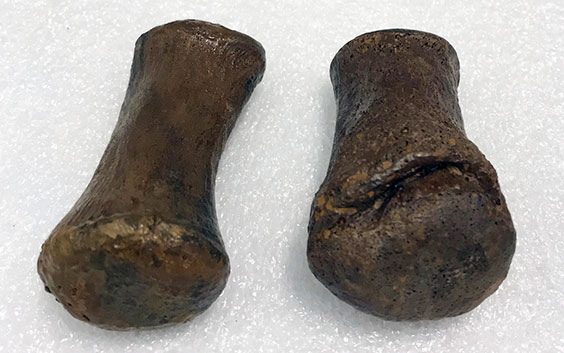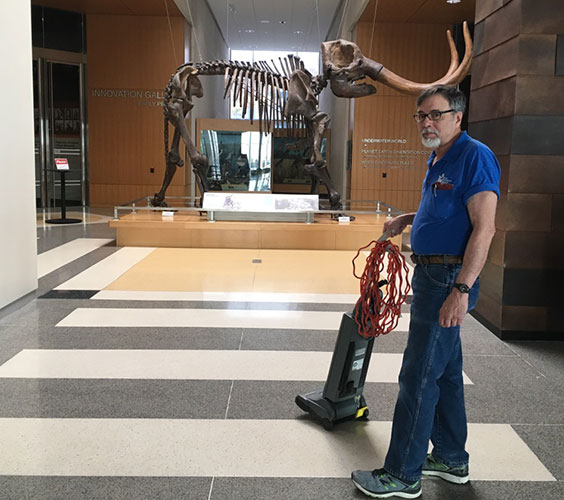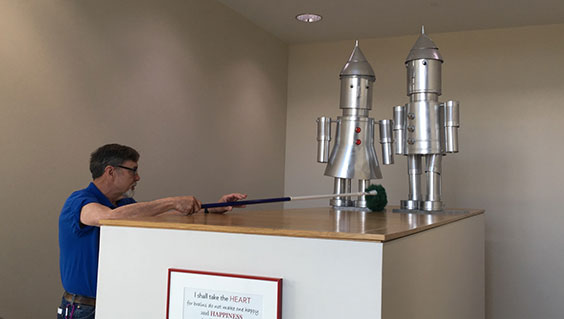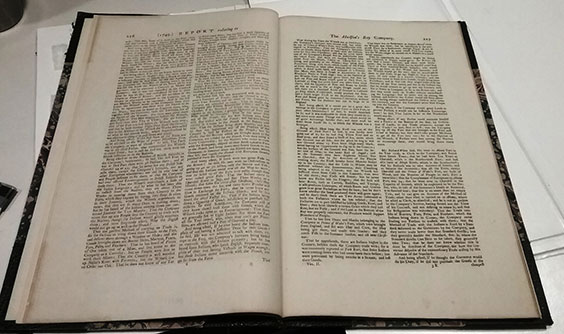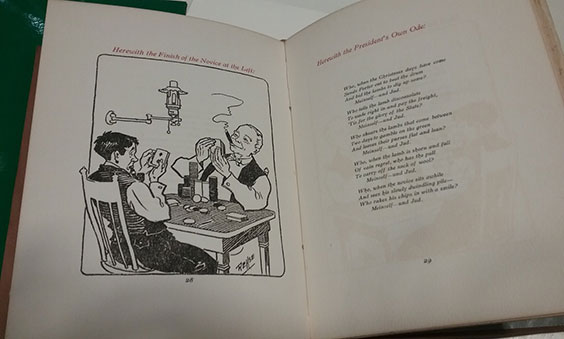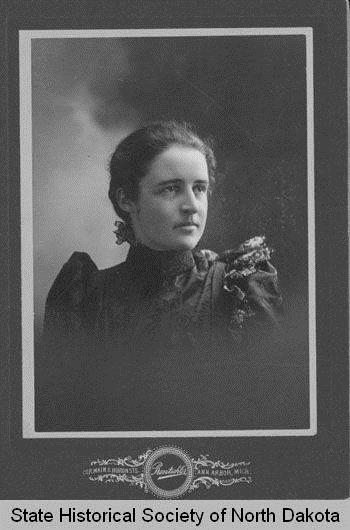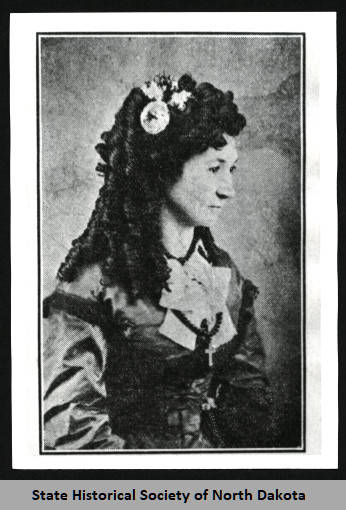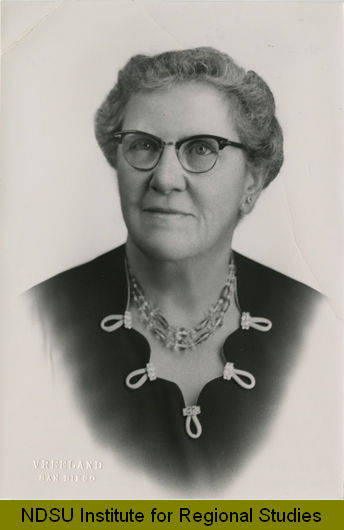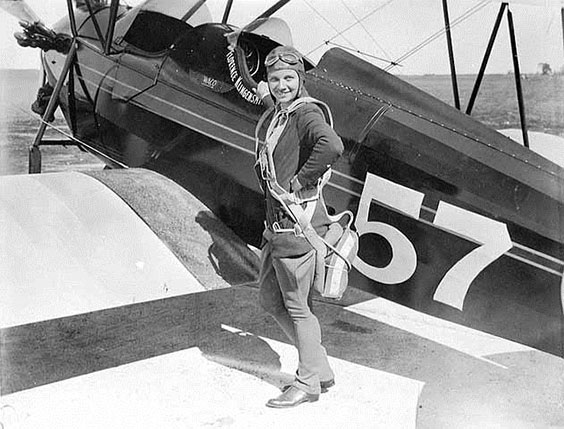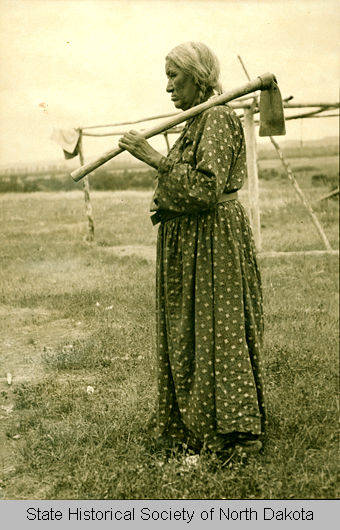Imperfect Recent Acquisitions
Throughout the year, the State Historical Society accepts hundreds of objects into the museum collection, all with interesting stories to tell. Occasionally, we accept objects under non-ideal conditions. For instance, there may be gaps in an object’s history, or a donation arrives damaged.
In June 2018, Curator of Collections Management Jenny Yearous purchased a Native American jingle dress with military patches at a garage sale in Bismarck, North Dakota. The proprietor of the garage sale had received the jingle dress from someone at the United Tribes Technical College International Powwow in Bismarck and no longer wanted it. Unfortunately, the owner did not have any additional information, so we had to do our own investigating.
The dress is believed to have been worn by a member of the Native American Women Warriors (NAWW), a color guard of female veterans. They also perform a jingle dance, which some tribes regard as a healing rite traditionally performed by women. Founded by Mitchelene BigMan, NAWW is a nonprofit group based in Colorado. Their mission is to support U.S. veterans and their families.
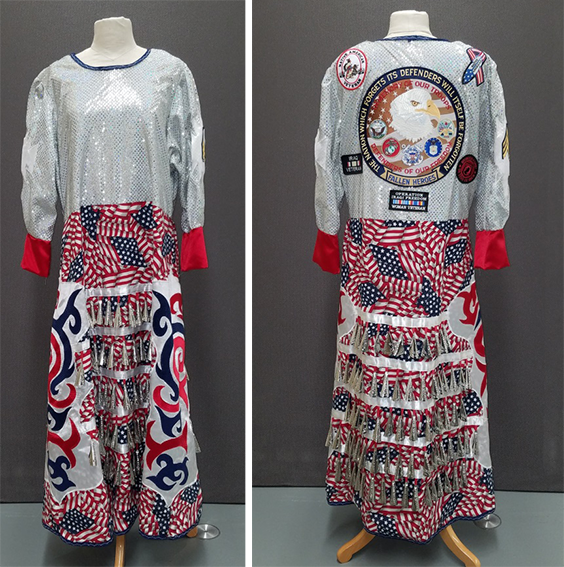
2018.00067
The back of the silver bodice has a series of patches sewn onto it, including “Native American Veteran,” “Iraq Veteran,” “Operation Iraqi Freedom/Woman Veteran,” and a “Bring Home or Send Us Back POW-MIA” patch. There is also a red, white, and blue ribbon with the words “Native American” on it, and in the center a large patch with an eagle head and the words, "THE NATION WHICH FORGETS ITS DEFENDERS WILL ITSELF BE FORGOTTEN / FALLEN HEROES / IN MEMORY OF OUR TROOPS / DEFENDERS OF OUR FREEDOM."
The Museum Collections Committee decided to accept this jingle dress into the collection despite not having much history about it. We simply do not have many contemporary Native American regalia, or many female-owned items related to the military. We have only one other jingle dress, which is not military-related. Combining the lack in the existing collection with the connection to the military and women, this object has an important place in the collection, even without a complete history.
If you or someone you know may have additional information about who wore this dress, please contact Melissa Thompson at 701.328.2691 or methompson@nd.gov.
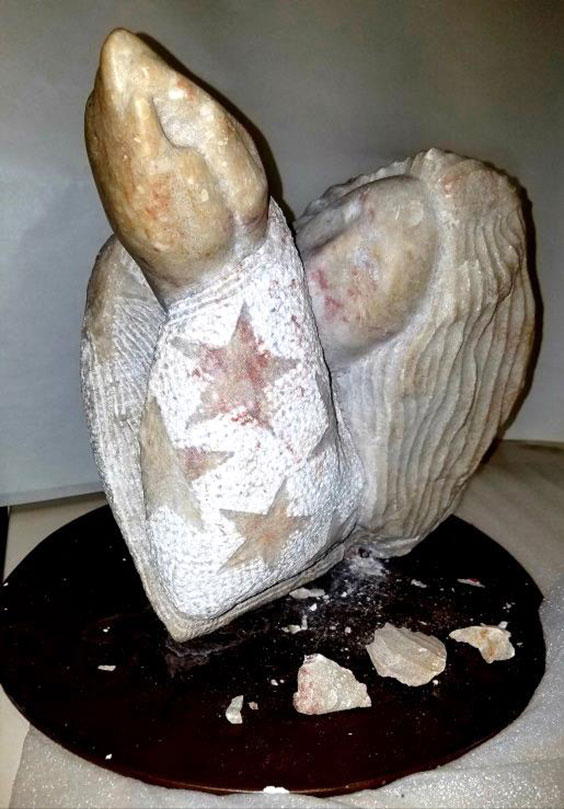
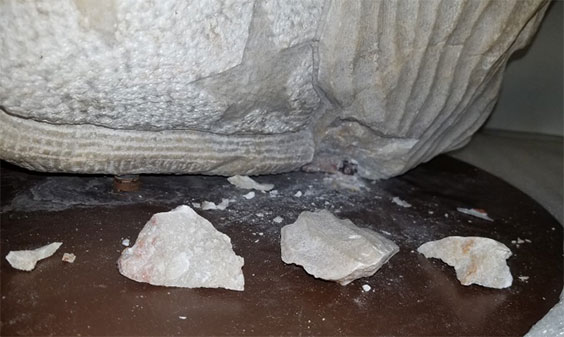
2018.00099
Frances Reese donated a stone sculpture made of Colorado pink alabaster by the artist Tex Wounded Face. Wounded Face was born in Watford City, North Dakota, in 1955 and is of Mandan/Hidatsa descent. He passed away at the age of 57 in Scottsdale, Arizona. The sculpture was given to the donor’s husband, William F. Reese, when he and Wounded Face held a joint exhibit in Seattle in 1978.
The sculpture, titled The Americanization of the Native American, is the head and shoulders of a Native American with flowing hair, arms outstretched with a blanket covering the arms.
The box carrying the sculpture arrived at the North Dakota Heritage Center damaged. When unpacked from the box, the sculpture was discovered to have several pieces of rock separated from the base area. The Museum Collections Committee decided to acquire the sculpture for our collection despite its damaged condition. We do not have many pieces of contemporary Native American artwork, and the missing pieces do not distract from the overall aesthetic of the sculpture. The sculpture was placed in our collection with the hope that we would someday have the funds to repair the damage.
If you would like to donate to the collection’s conservation fund, please call 701.328.2666.


